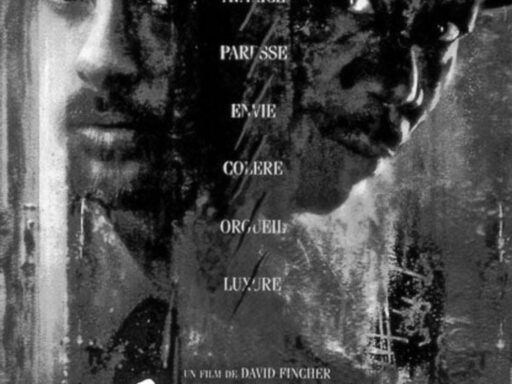The Pied Piper is most commonly depicted holding a shawm, a type of early double-reed pipe instrument. This instrument, often called a ‘folk oboe,’ was widely used in medieval and Renaissance Europe. It has a loud, piercing sound suited for outdoor playing and signaling public events.
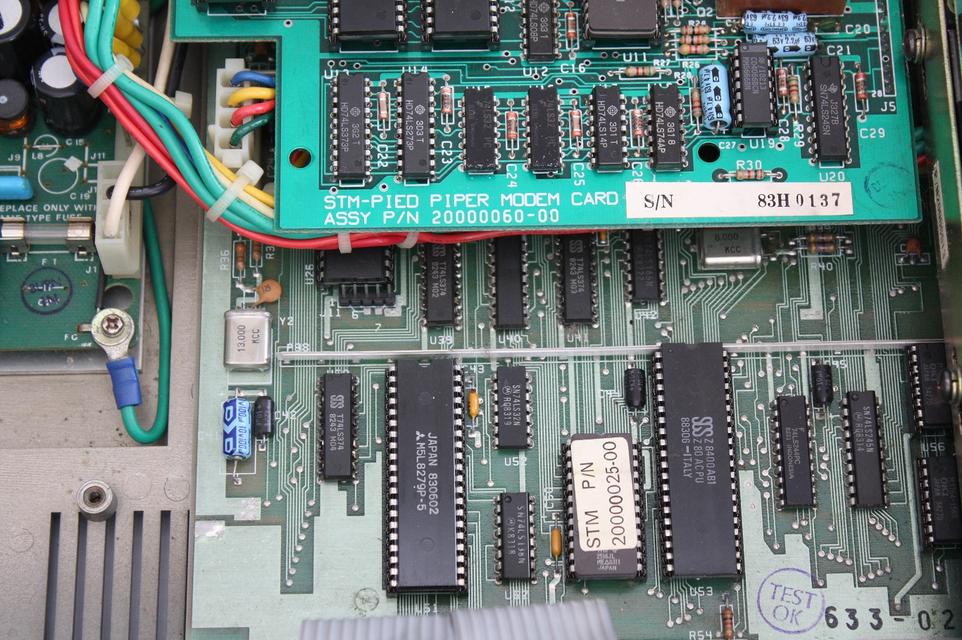
The term “pipe” historically refers to a broad category of woodwind instruments. These include duct flutes like recorders and whistles, transverse flutes, and reed instruments. The label “piper” applies to musicians playing any of these. Iconography of the Pied Piper varies, sometimes showing him with a recorder, fife, or even bagpipes. However, the shawm stands out as the most typical and likely choice.
Looking closely at many artistic representations, the instrument in the Pied Piper’s hands resembles a skinny shawm. It often appears held incorrectly or played unusually by artists unfamiliar with the instrument. For instance, the pipe’s bore sometimes includes a cylindrical bulge near the bottom, characteristic of shawm design. The depicted player’s finger placement often does not align with playable toneholes, suggesting the image is symbolic or stylized rather than technically accurate.
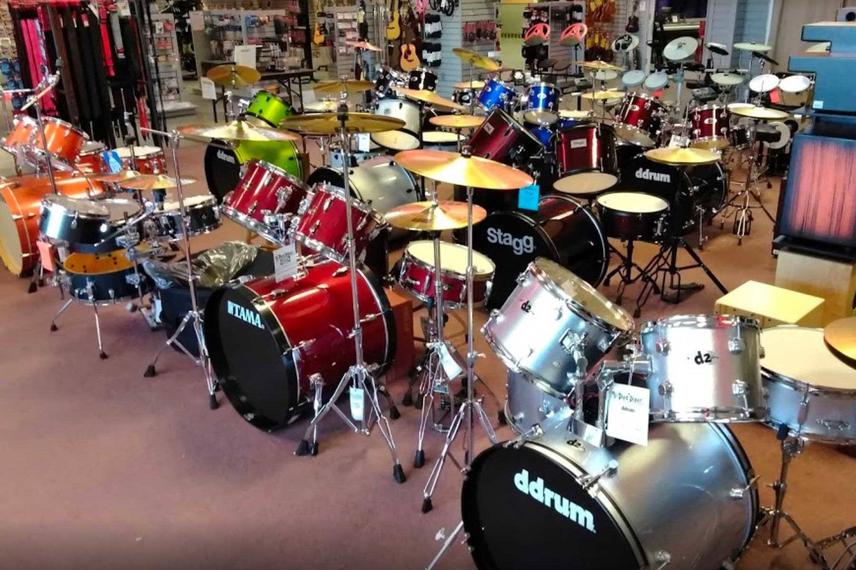
The shawm was central to loud music-making of the time, similar in function to bagpipes but with different acoustics. It was used in municipal ceremonies and signaling, performed by Stadtpfeifer (town pipers). These players had key social and official roles, reinforcing the instrument’s importance.
For historical authenticity, sources like Michael Praetorius’ Syntagma Musicum provide detailed descriptions and accurate illustrations of the shawm and related instruments. These references help differentiate shawms from other pipes depicted across periods and interpretations.

- The Pied Piper’s pipe is best identified as a shawm, a double-reed instrument.
- “Pipe” covers many woodwinds, but the shawm was the prominent loud instrument historically.
- Artists often misrepresent the shawm’s structure and playing technique.
- The shawm’s role included civic signaling, played by official Stadtpfeifer.
- Historic treatises like Praetorius’ Syntagma Musicum aid in instrument identification.
What Type of “Pipe” Instrument Is the Pied Piper Holding?
When you picture the Pied Piper, a charming figure leading rats or children with his mysterious pipe, you might wonder: What kind of instrument is that, really? Is it just any “pipe,” like a flute or a recorder? Or is it something more specific? The answer isn’t as simple as one might think.
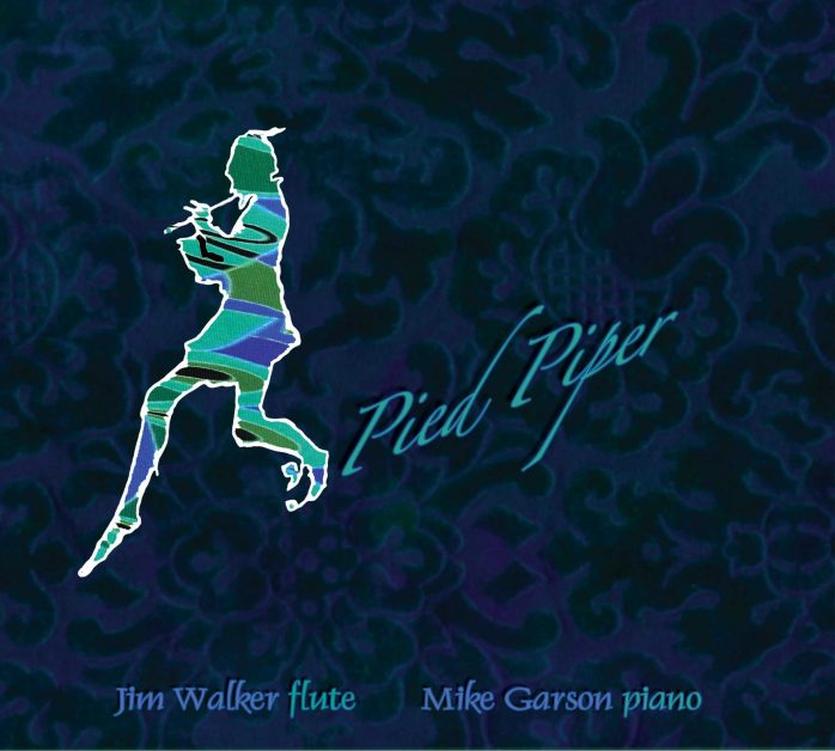
The pipe instrument the Pied Piper holds is most likely a shawm, a loud medieval woodwind, often nicknamed the “folk oboe.” But before you envision a sleek oboe of today, note that the shawm is quite different—much louder, more raucous, and brash in sound. More intriguingly, the way our Piper holds and plays it in many images raises some eyebrows.
From Pipes to Shawms: A Quick History of the “Pipe”
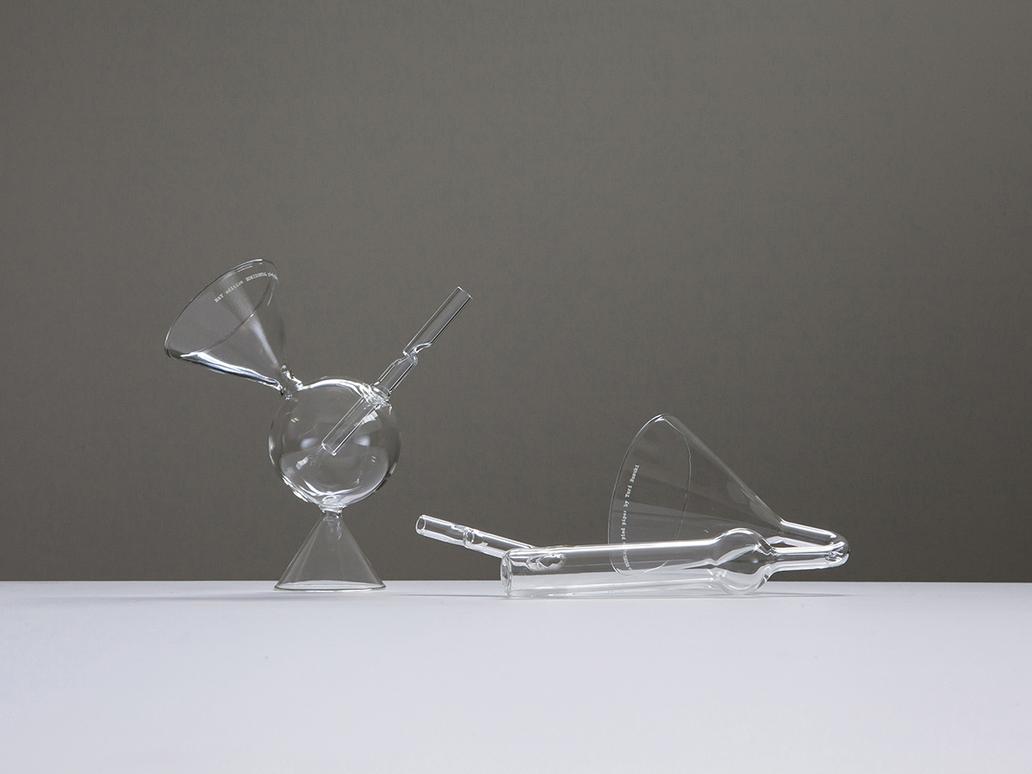
In olden times—and even in some modern tongues—the word “pipe” casts a wide net.
It includes duct flutes like whistles and recorders, transverse flutes, and reed instruments. That means a “piper” could be playing any of these or even bouncing between them. Historically, the Pied Piper has appeared with everything from a simple fife (a tiny flute) to recorders and even bagpipes.
But here’s the catch: just because you see an instrument doesn’t mean it’s portrayed accurately. Medieval artists weren’t exactly instrument experts. Some drawings show strangely skinny or oddly held pipes. So, identifying the exact type needs a little digging.
The Pied Piper’s Pipe: An Unusual Shawm
Look closely at many classic depictions. You’ll notice the pipe looks like an impossibly skinny shawm, flavored with acoustic quirks like a bulging section near the end. This bulge is common in shawms and helps boost their loudness and richness.
Yet, the Piper doesn’t hold it quite right. The player’s lower hand often grips below the bulge—where no finger holes or keys exist. This grip would block finger movements up top, making real playing impossible.
If this “pipe” produced any music at all, it might only sound one note—more like a signal than a melody maker. In fact, shawms were often city instruments used by Stadtpfiefer (town pipers) to signal times of day or public events, not primarily for intricate tunes.
Why the Confusion? Challenges of Historical Iconography
Art from centuries ago can be tricky. Many artists painted what they thought instruments looked like but didn’t fully grasp their use or form. Without multiple images or writings clarifying the instrument’s structure, viewers today must guess.
This confusion isn’t unique to the Pied Piper. Across history, many paintings mix ordinary and extraordinary instruments, sometimes getting details wrong.
For those curious about exact instruments, take a page from Praetorius’ Syntagma Musicum, a 17th-century dictionary of European instruments with surprisingly precise drawings. For instance, one modern craftsman used its details to rebuild a Viennese smallpipe, achieving accuracy within millimeters. So, these old texts can be gold mines for identifying historical music gear!
The Shawm: Loud, Proud, and Full of Character
The shawm stands out as a loud, penetrating instrument favored in medieval and Renaissance music. Unlike today’s delicate oboe, the shawm blares with power, perfect for outdoor festivities or official civic functions.
Designed with a conical bore and sometimes large tone holes or keys, it could cut through noisy crowds and summon townsfolk. It’s no surprise that the Pied Piper would be imagined with such a commanding instrument—his music needed to carry far to charm or drive creatures.
So, What’s the Takeaway on the Pied Piper’s “Pipe”?
- It’s mainly a shawm, a vibrant precursor to the modern oboe, but much louder and rougher.
- Its depiction is often inaccurate: skinny, oddly held, and played wrongly—indicating artists didn’t grasp the instrument fully.
- Historical pipes cover many types: from recorders and fifes to bagpipes, so “pipe” can mean many things depending on context.
- Shawms were used for signaling by Stadtpfiefer, linking the Piper’s instrument to municipal traditions.
- For genuine identification, consult sources like Praetorius’ Syntagma Musicum, a detailed encyclopedia of old instruments.
Next time you see the Pied Piper, imagine that improbable skinny shawm, blaring out melodies that mesmerize. Picture a loud, proud instrument, held a bit awkwardly by a heroic piper who might be less about perfect finger techniques and more about magical storytelling through sound.
Curious to Try a Shawm or a Pipe Yourself?
If you ever stumble upon a medieval music festival or historical reenactment, keep an eye out for a shawm player. Feel the power of its piercing voice—precisely the kind of sound our Pied Piper used, no matter how fanciful the image might be. Wonder this: would a modern-day Pied Piper choose a sleek recorder or a bold, booming shawm to lead the parade?
And hey, if you’re an aspiring musician intrigued by historical instruments, try re-creating a shawm or other “pipe” instruments—Praetorius’ drawings can guide you. It’s a hands-on way to connect with the rich musical past of Europe while having a bit of fun sounding like a literal town crier.
Remember, the Pied Piper’s pipe isn’t just a simple flute. It’s a snapshot of history, a loud voice from the past, and a cue for endless tales.



